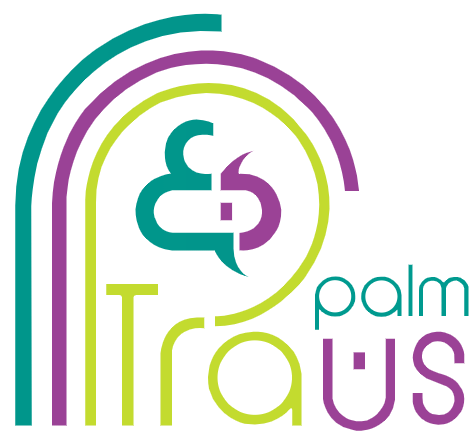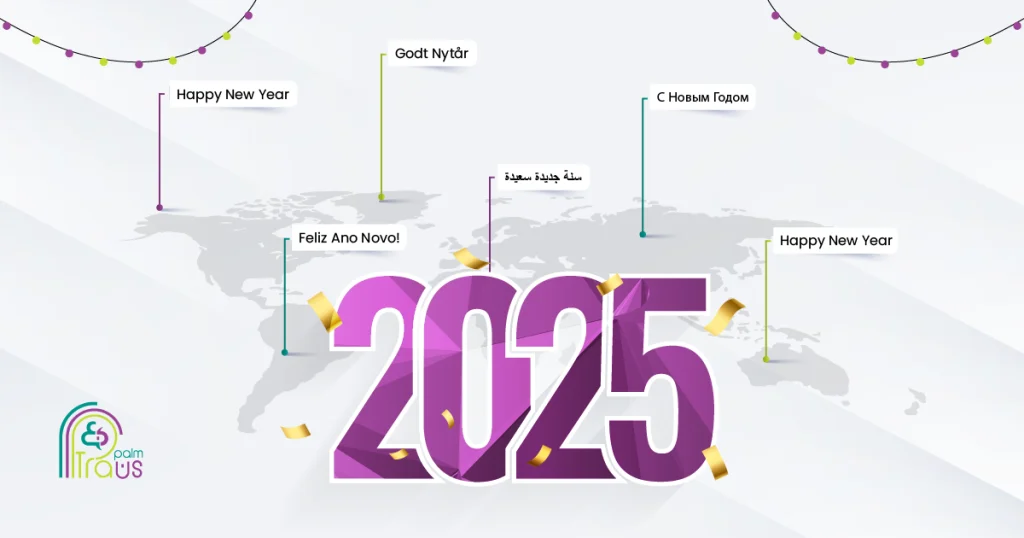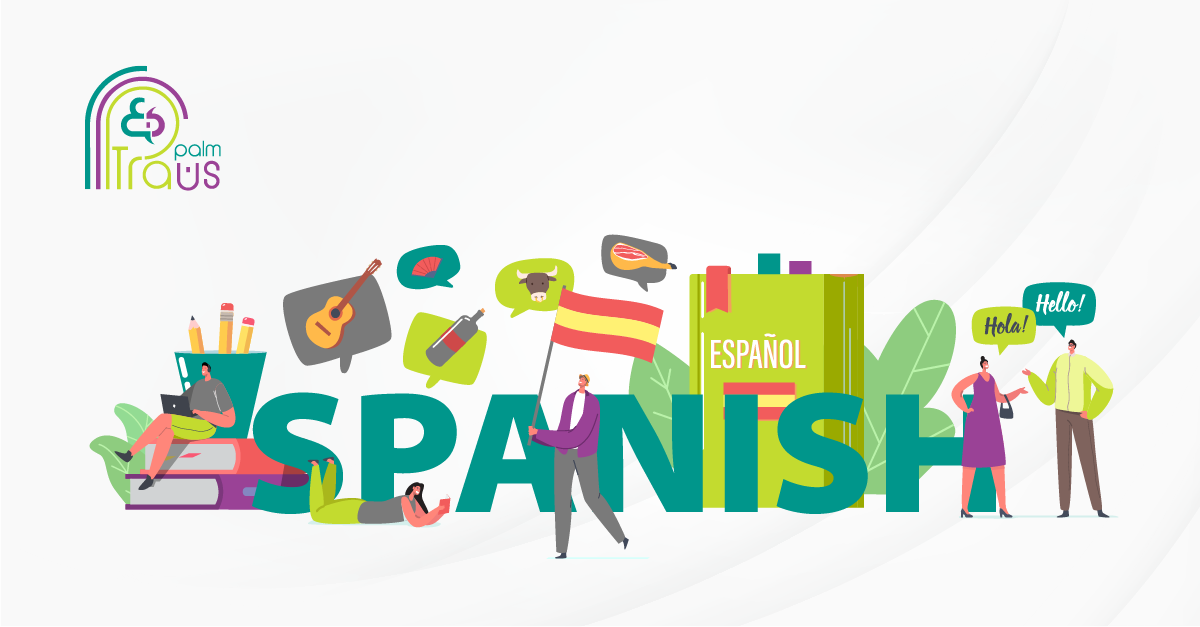As New Year’s Eve looms, many are excited to turn the page and start a new chapter in 2025.
Some may choose to celebrate at home and set resolutions for the upcoming year, while others will be off to festive locations.
Wishing a Happy New Year in different languages can be quite helpful for businesses targeting diverse local segments.
In this blog, we explore Happy New Year greetings in different languages and some interesting New Year’s Eve traditions in certain countries.
Happy New Year Greetings in European Languages
French Bonne Année
Bonne Année is the traditional way for people to wish each other a Happy New Year. As the clock strikes midnight, the French embrace the moment with zest and charm.
Friends and family gather to enjoy Le Réveillon, a lavish dinner party that stretches into the early morning, with a table overflowing with tasty dishes like snails, lobsters, oysters, foie gras, and more.

This grand affair wouldn’t be complete without the crème de la crème of French desserts: bûche de Noël, Galette des Rois, and meringue, each adding its unique sweetness to the celebration.
For seamless communication, our French Translation Services ensure that your message respects French-speaking cultures.
Spanish Feliz año nuevo
Feliz año nuevo, or Feliz fin de año are the most common ways to say Happy New Year in Spanish-speaking communities.
If you are scrolling through TikTok, you might have seen the buzz around the 12 Grapes Challenge that gained massive attention on New Year’s Eve.
But why do people devour grapes specifically at midnight? Eating 12 grapes at that time is a Spanish tradition, with each grape representing a wish for each month of the year. That is if you believe, as the Spanish do, it may bring good luck and prosperity in love, money, or travel for the year ahead.

Where did this tradition come from? The Twelve Grapes of Luck custom is thought to have originated in the late 1800s and gained popularity in the early 1900s when farmers in the Alicante region found a way to increase grape sales after producing an overabundant harvest.
With our Spanish Translation Services, we help you understand cultural traditions and connect smoothly with the local audience.
German Frohes Neues Jahr
Frohes neues Jahr is the direct way to say Happy New Year in Germany. You might also hear Guten Rutsch, which translates to “Have a good slide”. How do Germans celebrate the New Year, or Silvester, named after Saint Sylvester’s Day?
People welcome the New Year with the special tradition of Bleigießen. Have you ever heard of this custom before? If not, here’s what it’s all about.
Bleigiessen (or pouring lead) is a tradition where small pieces of lead are melted in a spoon over a candle flame, and then cast into a bowl of cold water to form unique shapes.These shapes are believed to predict future events for the next year.

Italian Bunon Anno
As the New Year kicks off, people exchange Buon Anno greetings with each other.
If you are in Italy on New Year’s Eve, don’t be surprised if you see things flying out of open windows. It is a rather quirky tradition known as the window tossing ritual.
In Naples and Rome, some people throw old items out of their window like worn-out clothing, broken gadgets, and other objects.

All in all, this act is thought to ward off evil and cast away past mistakes, making room for a new chapter in the coming year. Just make sure no one is in the way before tossing things out of the window.
Targeting the Italian market this New Year’s Eve? Our Italian Translation Services ensure that your message properly speaks to the local audience.
Portuguese Feliz Ano Novo
Portuguese exchange greetings with each other, commonly using Feliz Ano Novo to wish friends and family a Happy New Year, with a unique cultural tradition.
It’s time to make some noise! This is how Portugal’s streets celebrate the New Year with joy. One of the most iconic traditions is banging pots and pans together at midnight to drive away evil and negative energy, making way for a fresh start.

Turkish Mutlu Yıllar
New Year’s Day is the only Turkish public holiday that is neither a national celebration nor a religious holiday. Mutlu Yıllar is the most popular phrase for wishing someone a Happy New Year and is widely used among family, friends, and acquaintances.
Pomegranates have long been a symbol of fertility, prosperity, and abundance in Turkey. As the countdown to the New Year begins, many Turkish families involve pomegranates in their celebrations.

One interesting tradition is to smash this ruby red fruit on the doorstep of your home at midnight to bring good luck for the upcoming year. It is also given to loved ones, as a way to share in the hope for a bright future.
Are you looking to connect more authentically with the market? Our Turkish Translation Services offer culturally relevant solutions that fit with local customs.
Swedish Gott Nytt År
Swedes throw around the Gott nytt år phrase for this jolly season, as a way to wish individuals a Happy New Year.
When the clock has struck 12 AM, major cities like Stockholm and Gothenburg host spectacular fireworks displays that light up the night sky, attracting crowds to central spots for the festive event, while others enjoy the “Stockholm Fireworks” show live on TV at home.

Dutch Gelukkig Nieuwjaar
The Dutch wrap up the year by saying Gelukkig Nieuwjaar to each other, as a wish for a joyful year to come.
Perhaps one of the most favorite traditions in the Netherlands is listening to the best 2000 songs of all time.
During this event, the national radio station, NPO Radio 2, plays a mix of iconic genres from a list that reflects the collective tastes of the Dutch public, typically revealed just before midnight to celebrate the New Year.

Happy New Year Greetings in Asian Languages
Chinese Xīn nián kuài lè (新年快乐)
Unlike the January 1st New Year, people use the term 新年快乐, meaning Happy New Year, during the celebration of Chinese New Year, which usually falls between January 21st and February 20th.
Ever wondered why people place small potted oranges in homes, offices, and storefronts on that day? The traditional Kumquat Tree is the answer!
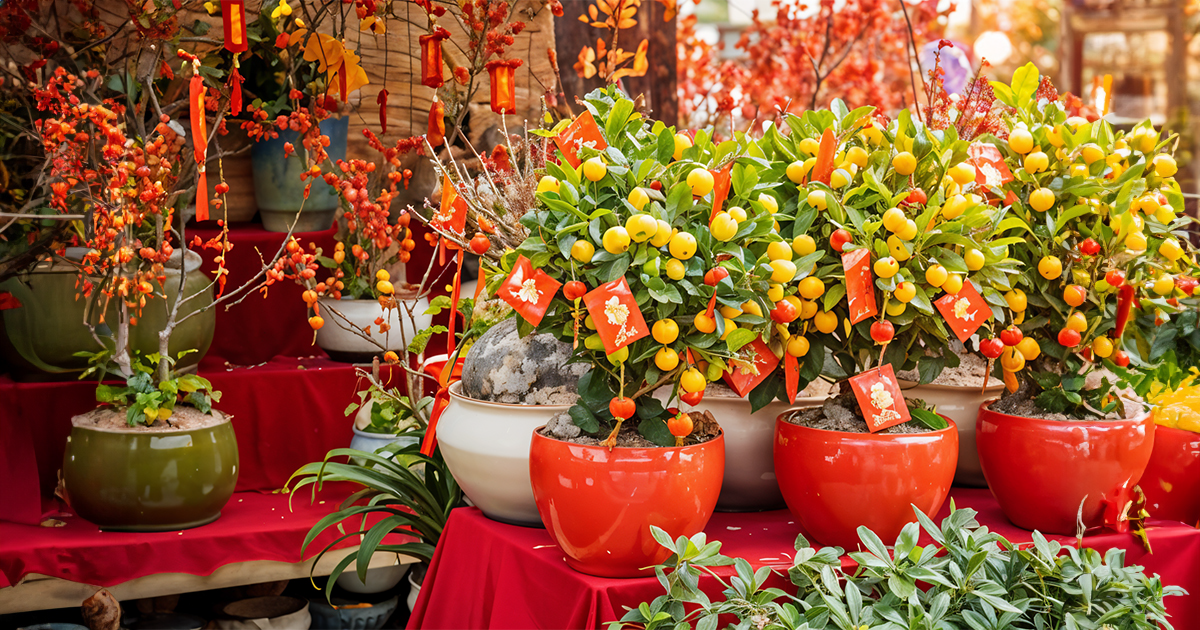
Some of these tangerine trees feature red ribbons, couplets, and gold envelopes hanging from the branches. Mandarin trees are believed to attract wealth, prosperity, and positive energy because they are laden with fruit.
Korean Saehae bog manh-i bad-euseyo (새해 복 많이 받으세요)
새해 복 많이 받으세요 is a common way of expressing well-wishes to people for the New Year in this region.
Koreans have a one-of-a-kind ritual that you will want to know, the “Sebae”! During the Lunar New Year, the children kneel down and bow their heads to the ground, showing respect and gratitude to their elders.
In return, children receive blessings and sometimes symbolic gifts like food or money for a good fortune and prosperous year ahead.

Japanese Shin’nen’omedetō (新年おめでとう)
新年おめでとう is a common way to say Happy New Year in Japanese. It’s slightly less formal but still polite and appropriate in many situations.
Similar to the Western tradition of sending Christmas cards, Japan has its version with a unique twist of a heartfelt New Year custom, known as Nengajo.
These New Year greeting cards bring joy in every fold, designed with symbols featuring the 12 Japanese zodiac animals of the new year, amulets of luck, and warm messages, customarily sent with hopes for good luck in the coming year.
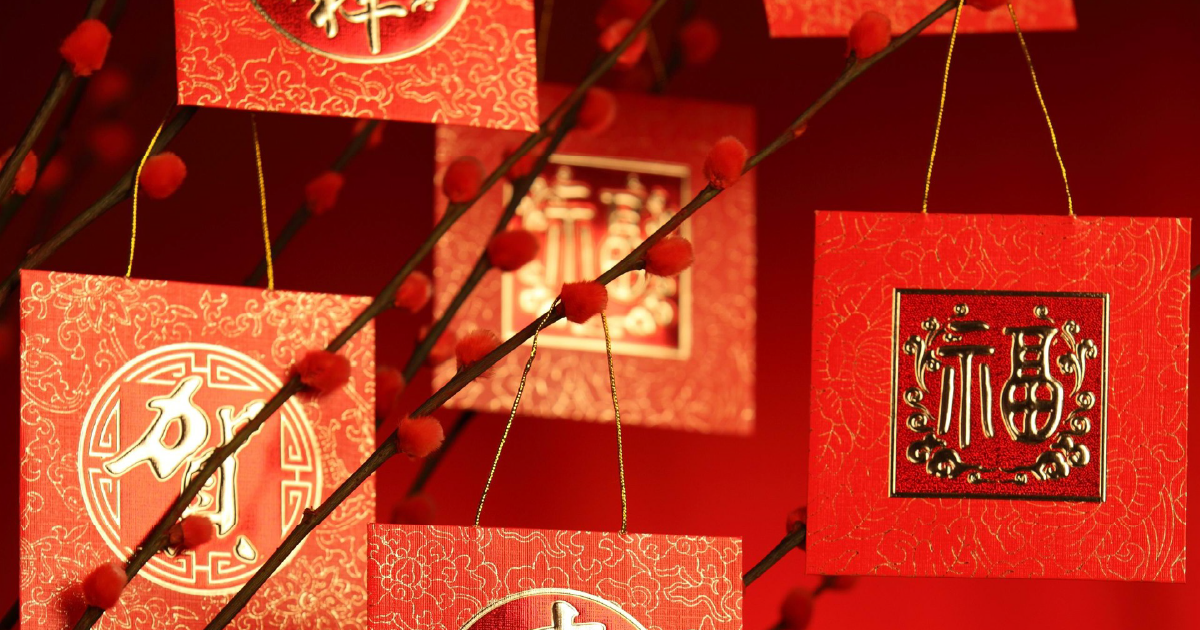
Other Ways to Say Happy New Year in Different Languages
Language | Phrase |
Polish | Szczęśliwego Nowego Roku |
Danish | Godt nytår |
Greek | Ευτυχισμένο το νέο έτος! (Eftikhisméno to néo étos) |
Norwegian | Gott nytt år |
Arabic | كل عام وأنتم بخير (Kol a’am va antom bikhayr) |
Hindi | Nav varsh (नव वर्ष) |
Swahili | Heri ya Mwaka Mpya |
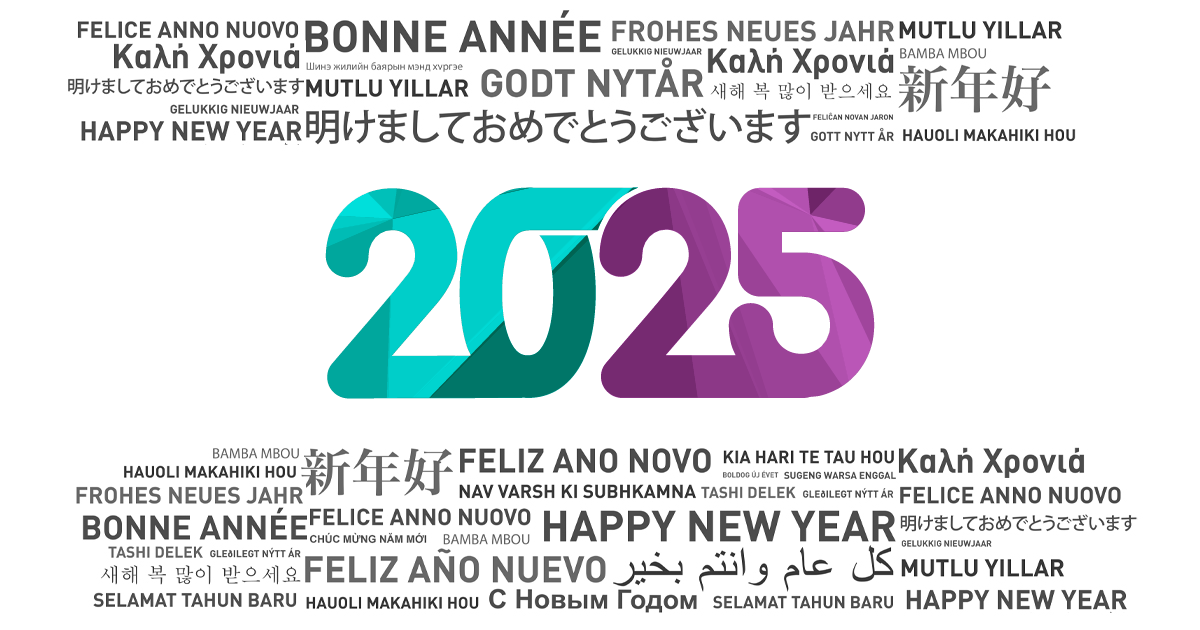
Translation Services: Key to Your Business’s Global Success in 2025
Learning a new language and understanding the traditions of a specific country is a powerful tactic for businesses seeking to connect with international markets.
Think about it! How would you promote a product or service if you can’t speak the audience’s language and know their customs?

In this case, you need a professional translation service to avoid miscommunication. But why is it tantamount to your business’s success?
Companies that often integrate cultural elements into marketing strategies establish a global impact, increase customer engagement, and become more lucrative.
Communicate with Global Audiences This New Year with TransPalm
At TransPalm, our localization services help bridge cultural gaps and connect you with your international clients.
From adapting marketing campaigns to crafting the perfect New Year message, we’ve got you covered.
How do you say Happy New Year in your native language, and what are your New Year’s Eve traditions in your country? Share with us in the comments below!
